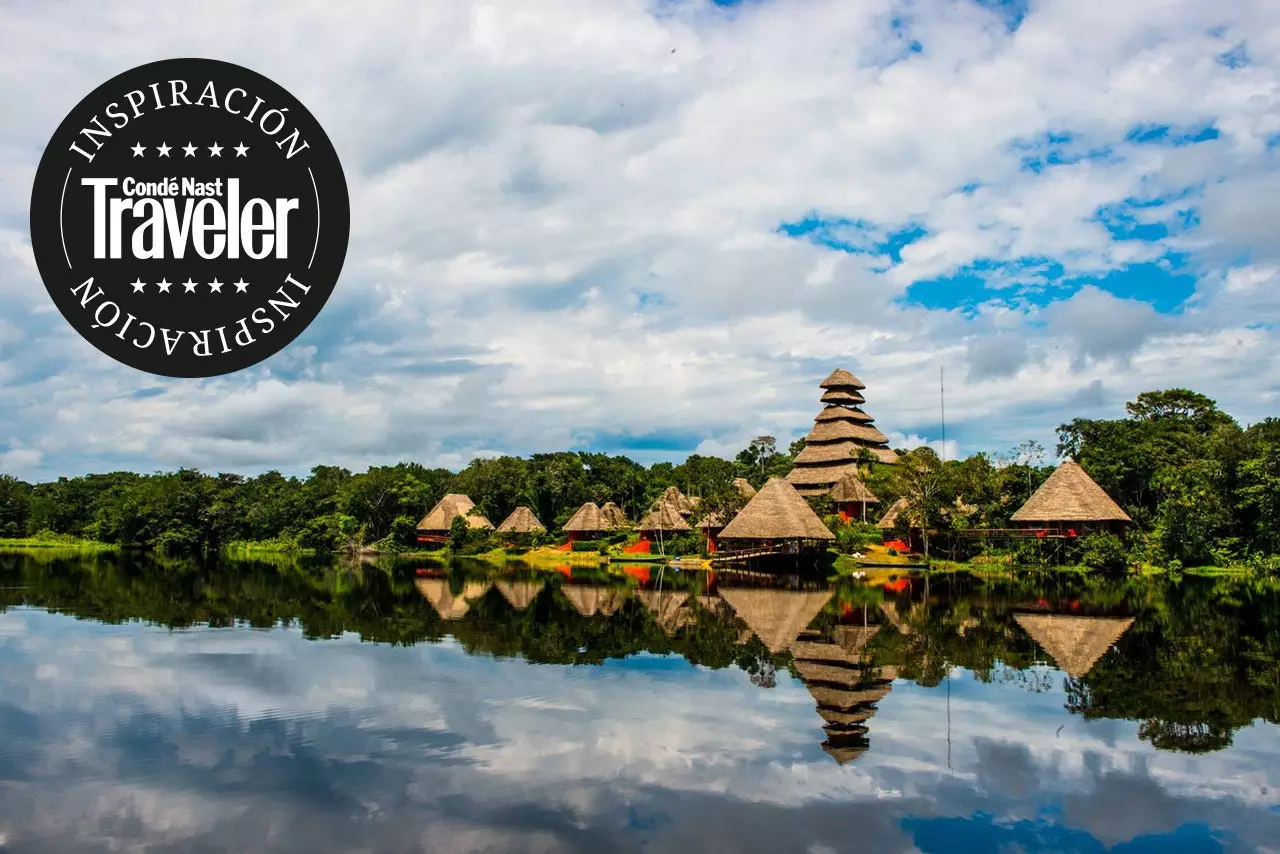
Discover the luxury eco resort in the Yasuní National Park in Ecuador
be in the middle of the Amazon jungle after having chased a herd of about 100 peccaries -a type of wild pig, very similar to wild boar-, and they call on the radio to ask if you want them to turn on the jacuzzi it is not a usual situation. Well, at the Napo Wildlife Center it is.
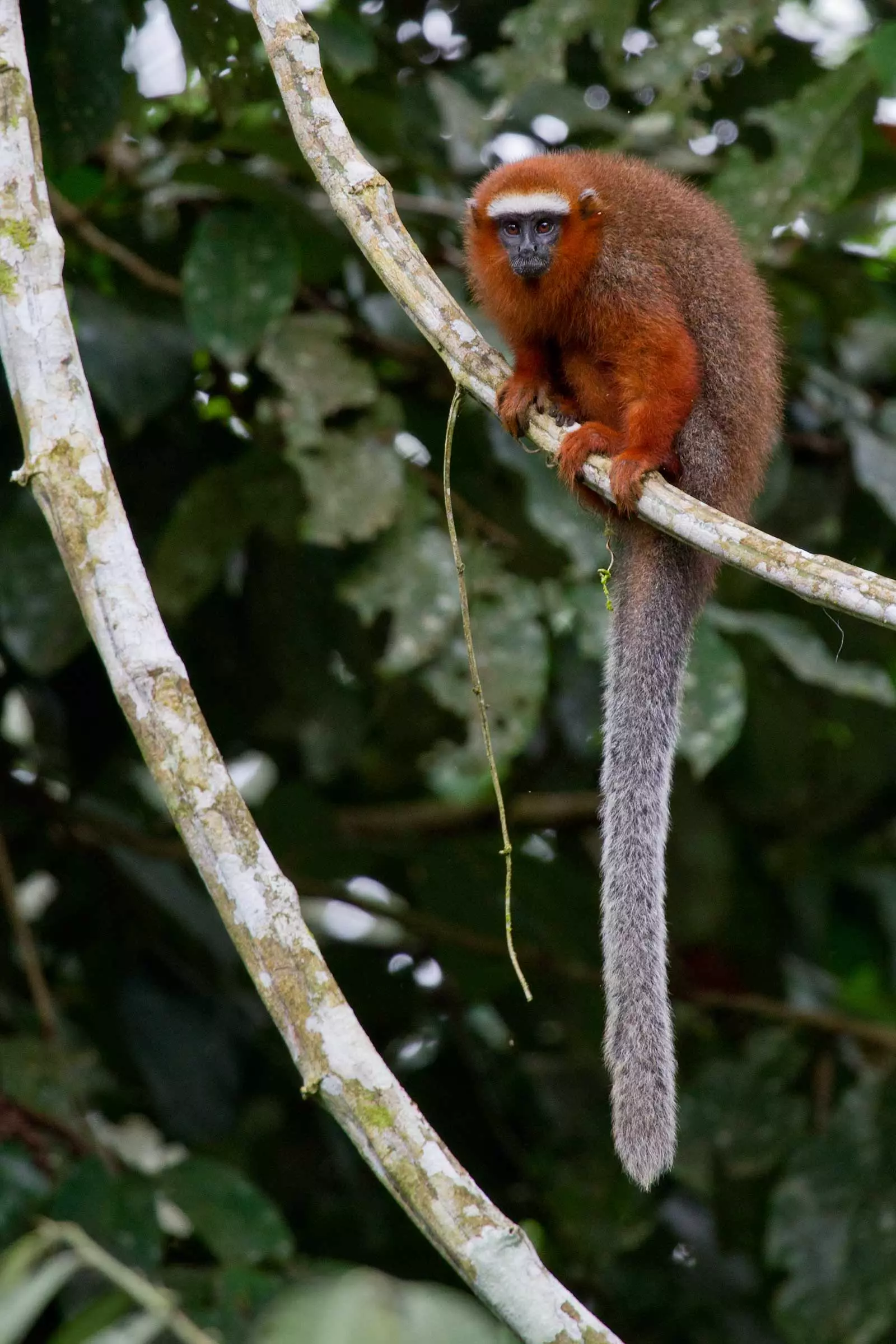
Prepared?
It is a luxury eco resort in the Yasuni National Park , a territory designated by UNESCO as a World Biosphere Reserve, one of the most biodiverse places on the planet.
Just to get an idea, this area of nearly 10,000 square kilometers is inhabited by the Tagaeri and the Taromenane, two indigenous groups that today have not had any contact with modern societies.
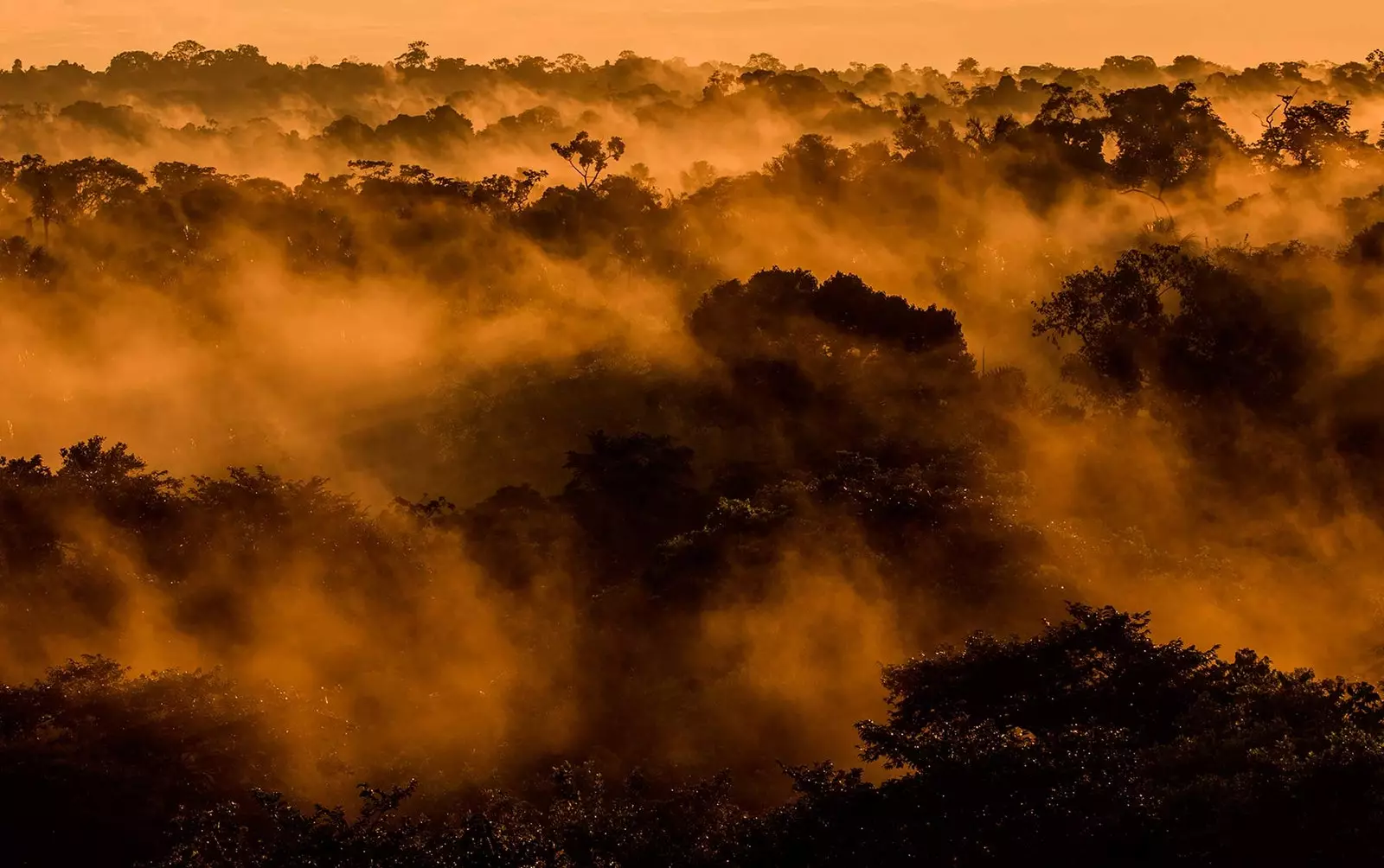
MAGIC
To get to this earthly paradise, you must first go up the Napo River for two hours aboard a boat that leaves from the city of Francisco de Orellana. Then you have to change to a canoe with paddles to access a small black river -due to the decomposition of the leaves that fall on it-, which has nothing to do with the light brown of the great Napo, a tributary of the Amazon.
As soon as you enter its domain you find yourself submerged in an overflowing and dense kaleidoscope of vegetation, in which there are trees with trunks white as ivory, hanging vines , palm trees and endless plants that would take several pages to list them.
Noises are also very present: the sharp crick crick crick of insects, the loud cry of macaws and from afar, the piercing echoes of the howler monkey.
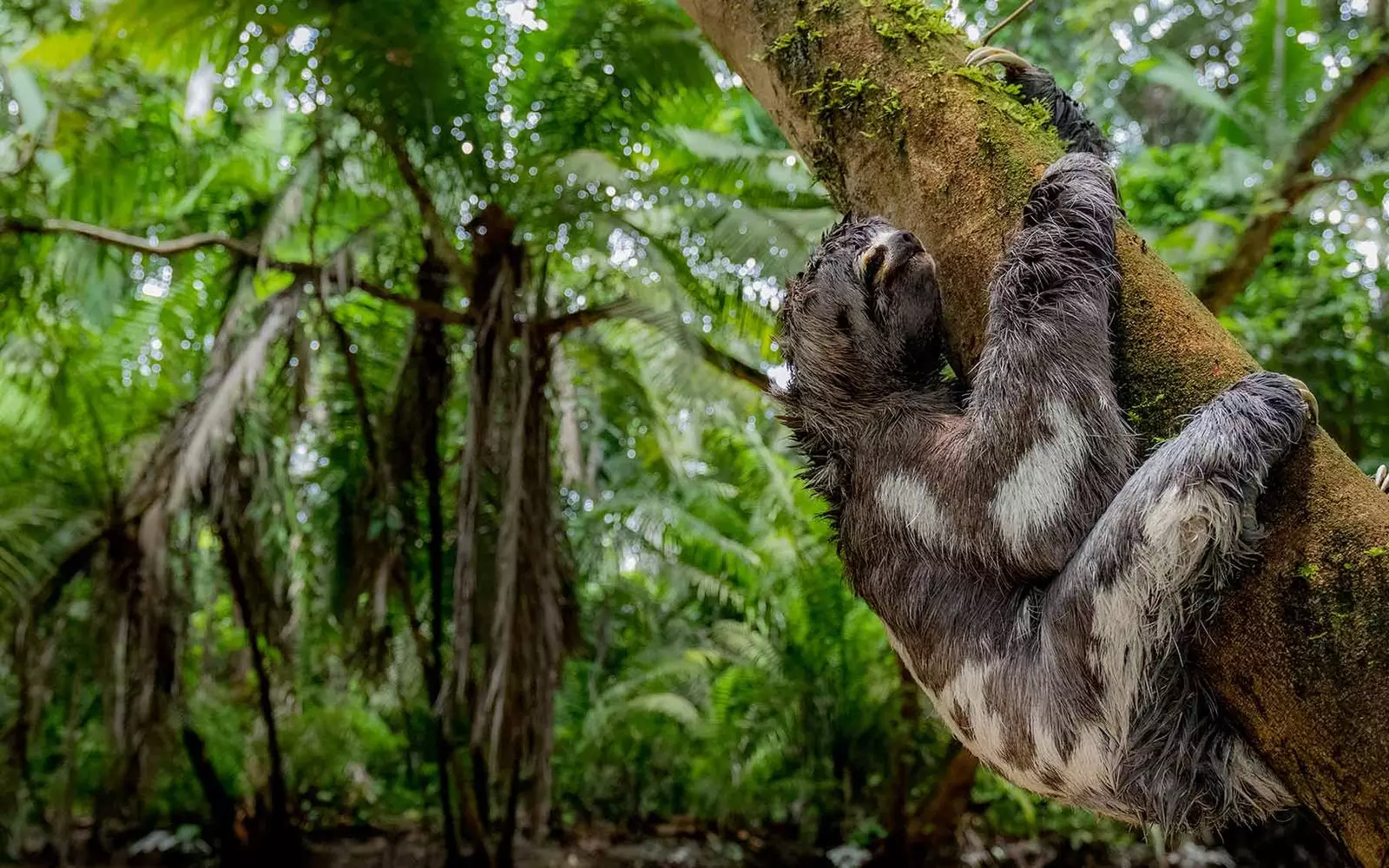
Hugs and respect in nature
SAVING THE PECCARY
To our surprise, a baby peccary appears swimming with serious difficulties; she has fallen and cannot return to shore, very tall for her height. In front of her is her mother, who moves from side to side, puffing hard. Against all odds, the hatchling heads towards us.
Despite his short life, he seems to realize that this is the only way you have to survive . Our naturalist guide Jorge Rivadeneira, a member of the Kichwa community, picks it up in her hands. "She is not more than 24 hours old, her umbilical cord is very tender," he explains before depositing her on dry land.
After the consequent release of adrenaline he continues the trip. The tempo imposed by rowing allows you to recreate in every corner of this tableau of wonders: a group of squirrel monkeys jump from one tree to another, they are very curious, they come to see the new visitors.
From afar a capuchin monkey appears, more sober and elegant. There are a multitude of birds, such as the kingfisher or the toucan, and many others with names only suitable for experts in the field.
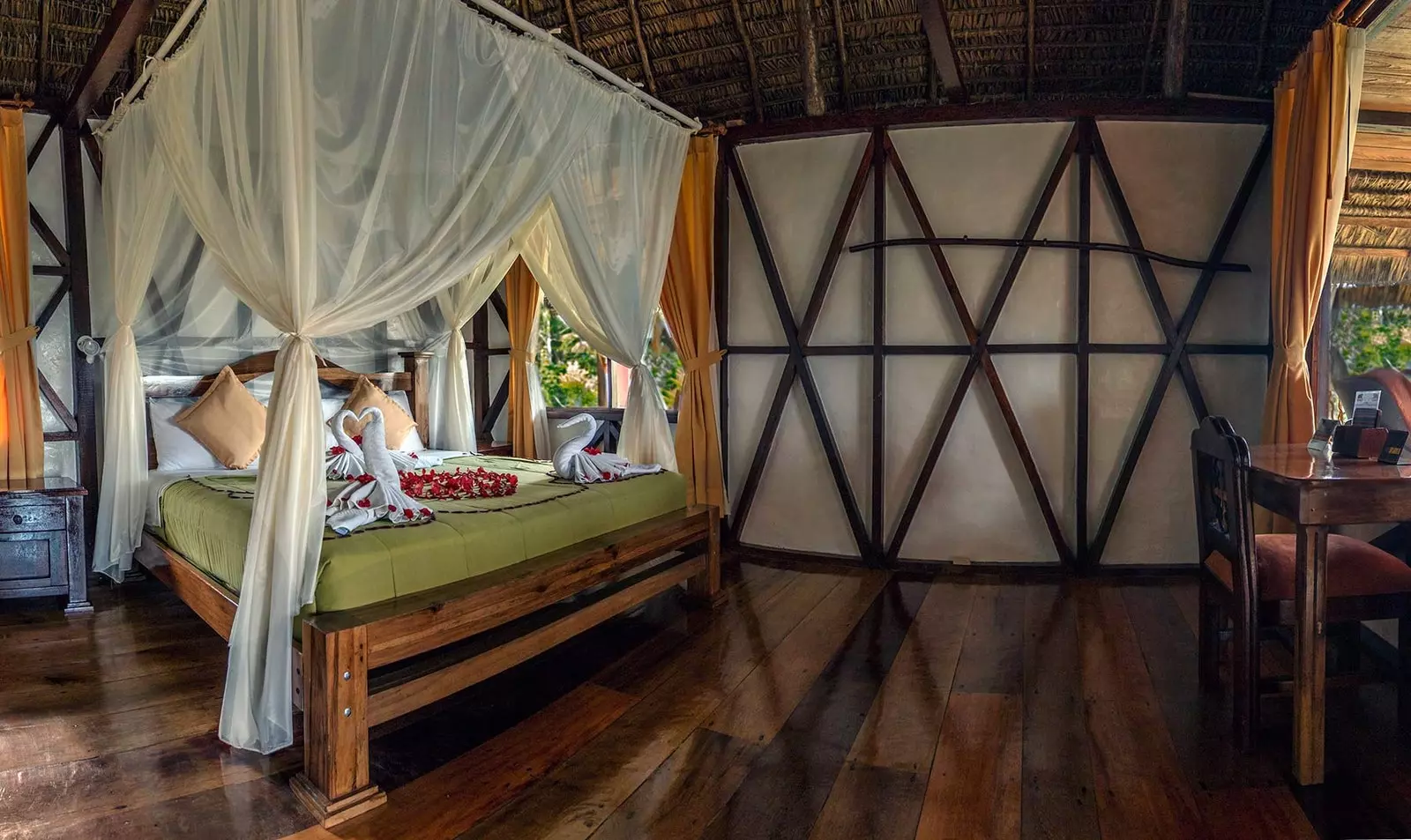
Imagine ending the day here
IDENTIFYING BIRDS
In this art of deciphering the jungle, the presence of the naturalist guide is essential, since the urban retina, accustomed to gray tones and the neon lights, she is totally lost. Rivadeneira, who has spent more than 30 years studying the local fauna, especially birds, reveals a hidden world.
Just by glimpsing the silhouette of any bird or hearing his trill immediately mentions his name in English and in colloquial language. The same goes for the footprints in the mud , he knows perfectly well if they are anteater, deer and even jaguar, of which we saw quite fresh ones.
When you least expect it, he points his laser pointer between two distant branches and says: “ there is a lazy bear ”. At first glance it seems impossible, you can't see anything, he is about 25 meters high, but when looking through his binoculars the miracle is present: a three-toed sloth sleeping on a branch.
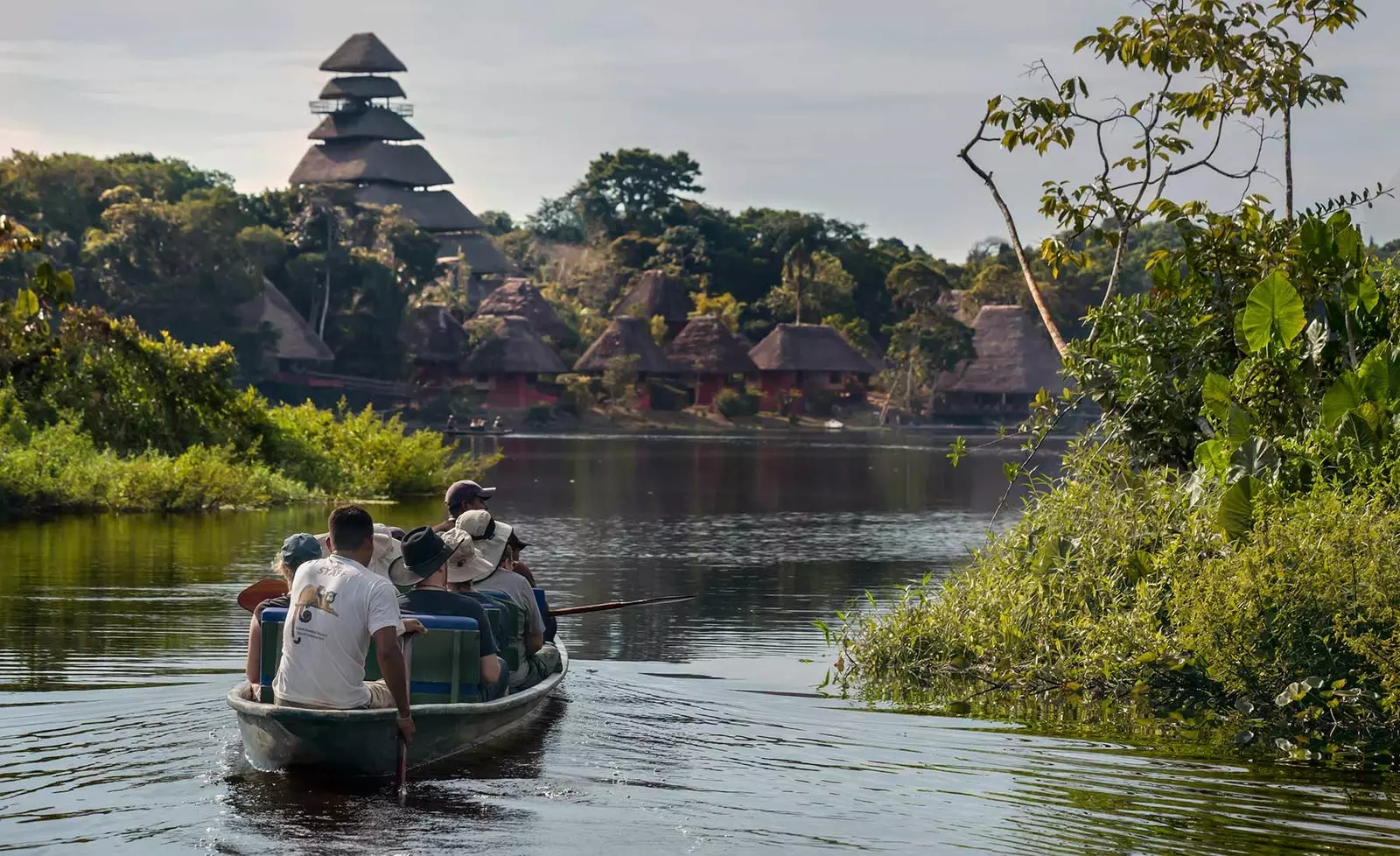
"Roar, row, towards happiness..."
After an hour and a half of unforgettable walking, the river begins to open up and the lagoon appears in all its splendor, with the clouds unfolding on its surface. at the bottom there is a huge observation tower with seven floors and more than 30 meters high with thatched roofs, reminiscent of Balinese temples, but which is actually Kichwa architecture.
On the small wooden pier they welcome us with a natural juice and a damp towel to cool off. They invite us to the hall, which is the base of the tower, there is the dining room, the bar and some common areas. It is impossible to look away from the huge infrastructure made of wood and decorated with glass spheres . The administrator explains that each and every one of the pieces of the resort was taken by rowing canoe, in order not to harm the environment.
TRADITIONAL CABINS
The resort has 20 traditional-style cabins ; some of them are literally suspended over the water , by means of metallic structures, generating an evocative optical effect. Inside we find all the comforts: a terrace with a hammock and views of the lagoon, a spacious living room with sofas and colonial furniture, a large bed with a mosquito net, a bathroom with a rain shower and a Jacuzzi on the rear terrace, with the lurking jungle. just a few meters.
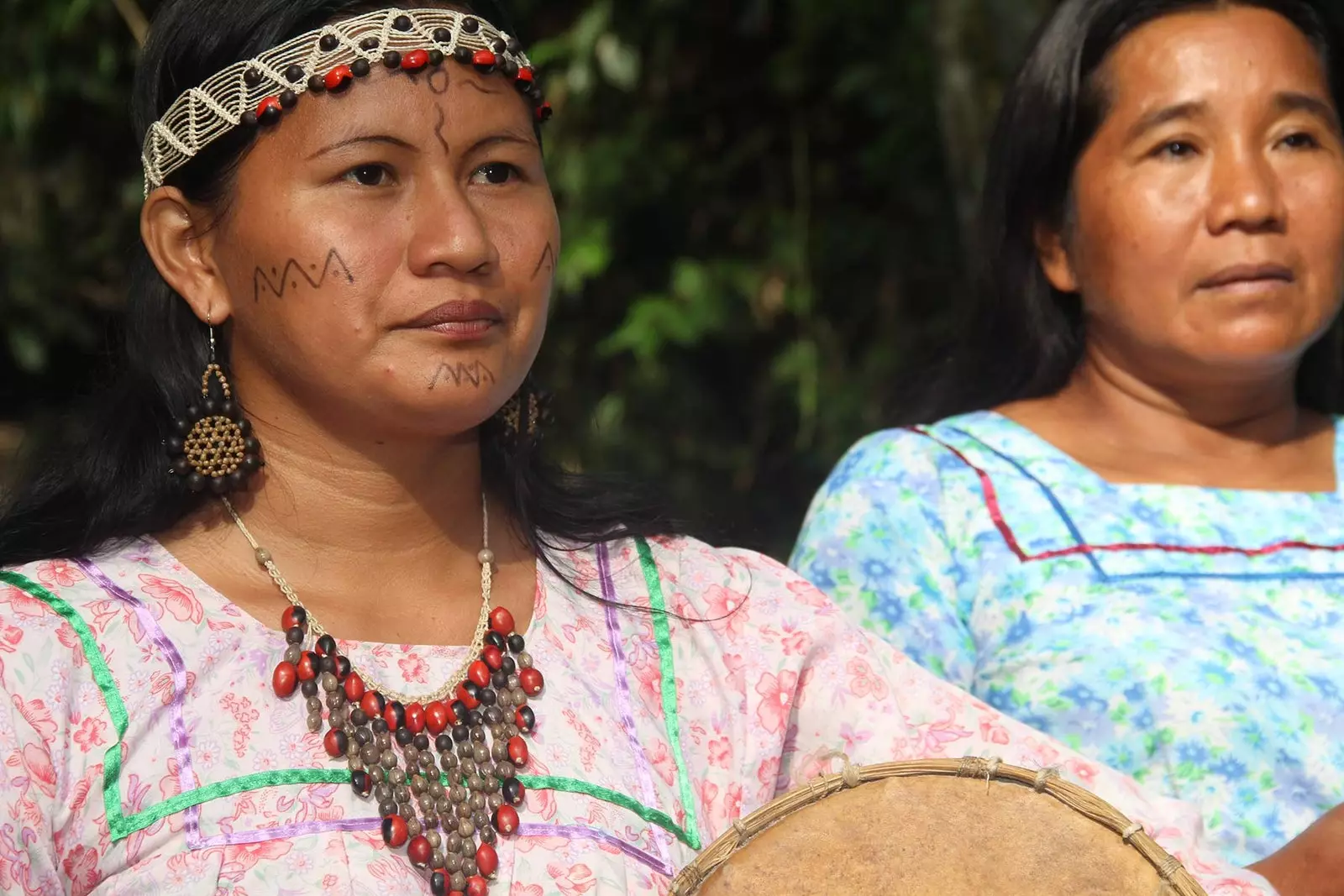
The Kichwa Añangu indigenous community
All the project is managed 100% by the indigenous Kichwa Añangu community -which in their language means ant-, native inhabitants of the region, a fact that has earned them several international awards. 75% of the profits they generate are directed to projects of education, health and improvement of the quality of life of the 180 people in the community. All medical services and medicines are free, they have modern classrooms in the school and excellent teachers. Also They have scholarships for 30 young people with limited economic resources in the area.
Also there is parity of men and women in the assembly , which elects a president every two years. The last one was female. An important factor in the success of this model is based on the prohibition of alcohol consumption within the community, since it is a very widespread problem in the region. Clients who visit the Napo Wildlife Center come one afternoon to learn what life is like in the community and be part of their cultural expressions.
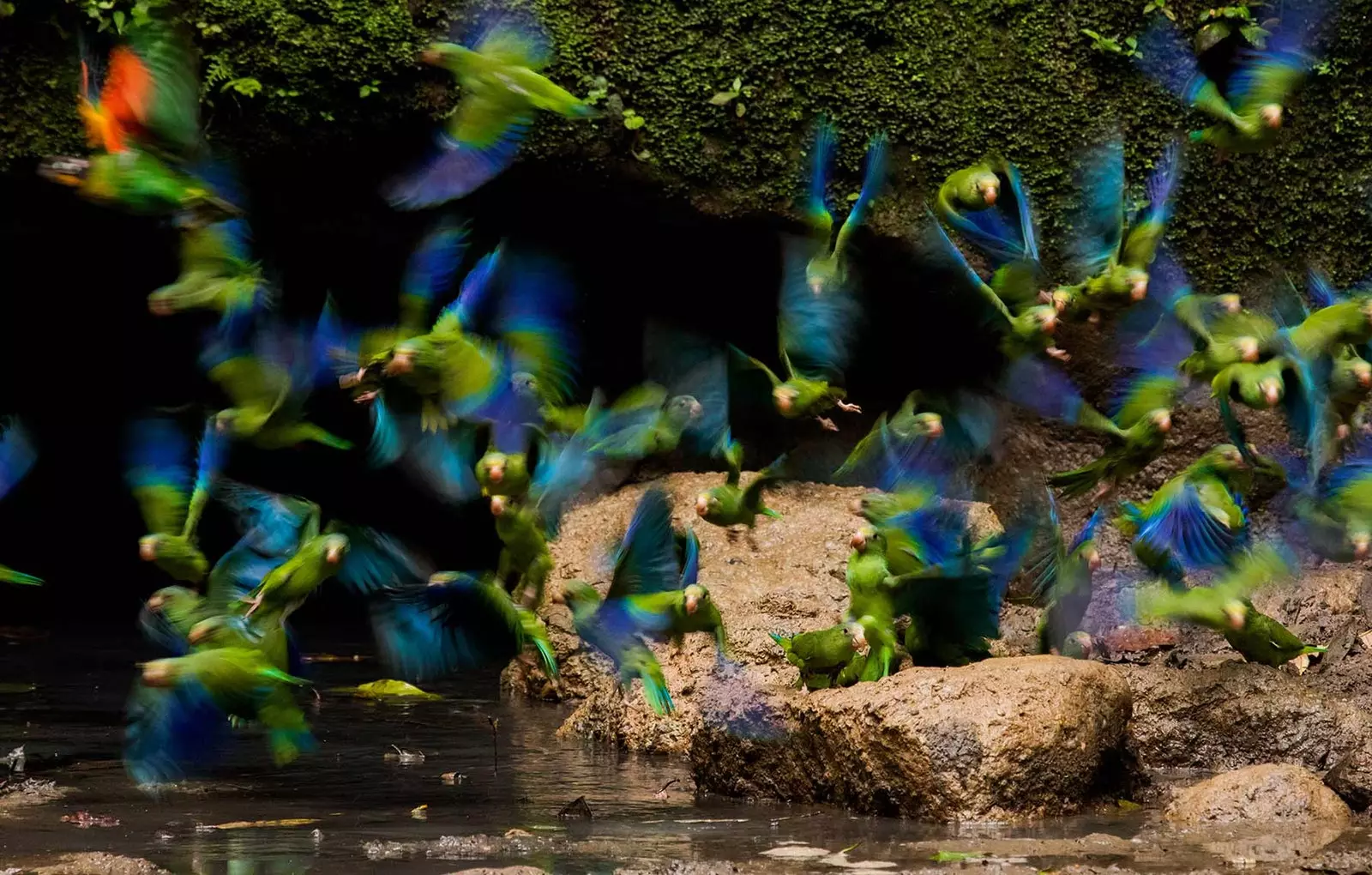
A hypnotic aerial choreography
PARROTS SALTING ROOM
The next day there is much to see. In the morning we visit a parrot, macaw and parakeet salting area. These birds usually come to consume the minerals that are deposited in the mud, in order to improve the digestion of the fruits and seeds they eat. You have to wait in absolute silence, so they don't get scared.
At first only a parakeet appears, with green, yellow and blue plumage, which his companions send on a mission to check that there are no predators. After being completely sure that the path is clear, the rest begin to descend little by little; the silence gives way to a sharp chirp that takes over the whole place, they swoop down, 80, 100, 150 appear, impossible to count, gliding from one side to the other and drawing elliptical shapes in a hypnotic aerial choreography.
In the afternoon we take a canoe ride through the mysterious flooded forests. Three other species of monkeys and several hoatzíes appear, a strange bird similar to the partridge, but more slender and colorful, which emanates a fetid odor and has small claws on its wings, a fact that positions it as a missing link between the ancient birds. prehistoric and current.
But the best is yet to come: a family of five giant otters that allows us to witness how a fish devours a few meters from us, with the young crying non-stop because they do not share the loot. They also make an appearance black alligators, three and four meters long and an anaconda that rests on some water lilies.
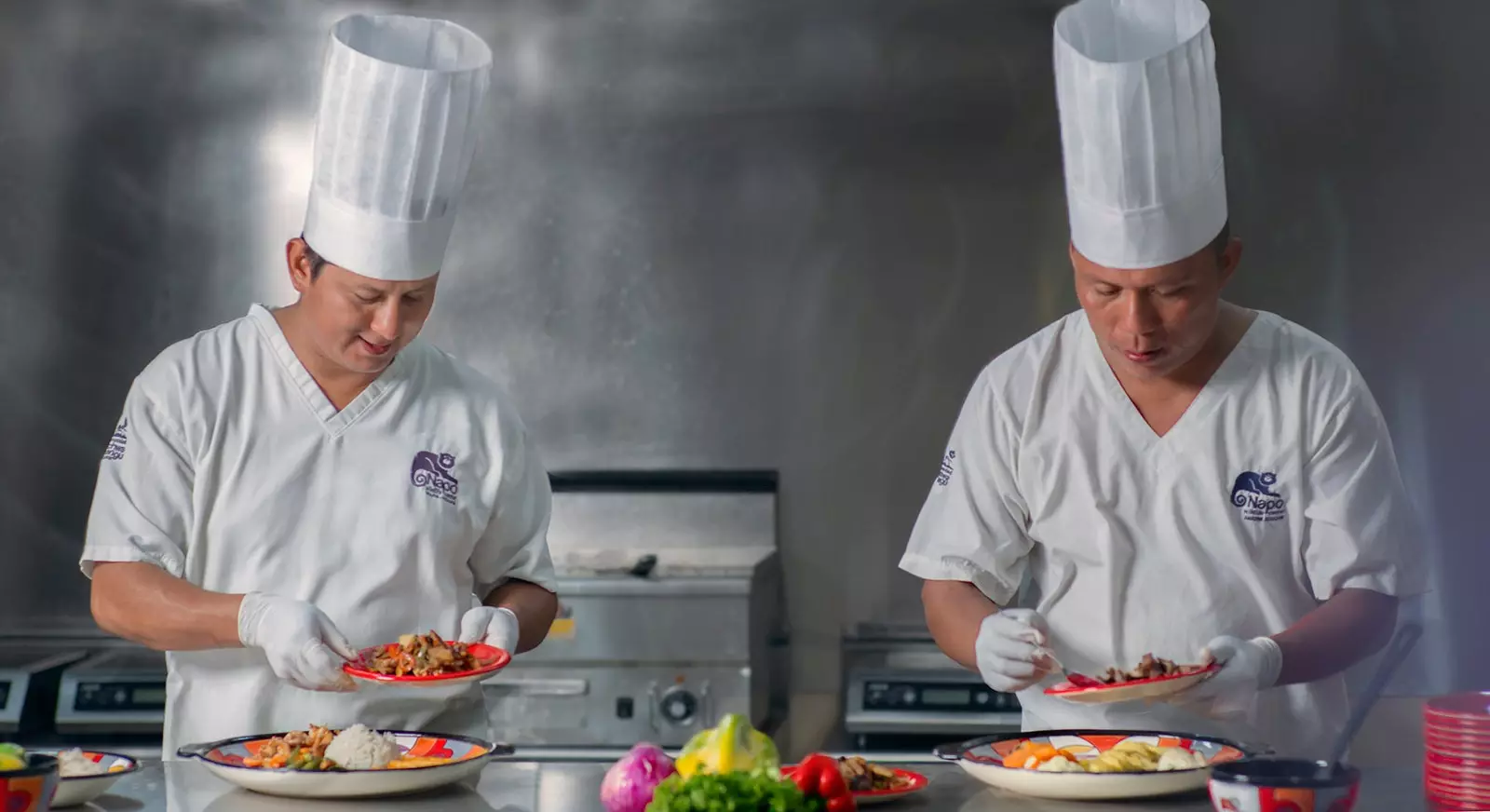
gastronomic excellence
GASTRONOMY
Paiche. It is one of the largest river fish on the planet, weighing up to 250 kilos. It is very curious because it breathes through the gills, but it also collects oxygen from the air. Its meat is very tasty and soft.
Chontacuros. They are thick white worms that are eaten grilled. They taste like peanuts. You are considered an Amazonian delicacy.
Guayusa. It is an Amazonian plant with small white flowers, it contains caffeine. It is taken in the form of cold tea or infusion.
PLACES OF INTEREST
** Archaeological Museum Cultural Center of Coca (MACCO) **. The most important collection of Amazonian ceramics in the region, also exhibits a wide sample of archaeological and cultural remains of indigenous populations.
City market. An idyllic place to be aware of the enormous quantity and variety of food that the jungle produces and try some of its typical dishes, as well as take some exceptional photos.
Napo River Bridge. It crosses the river that gives it its name. It is 740 meters long and towers 85 meters high. At night it lights up thanks to the 590 meters of light that its structure has.
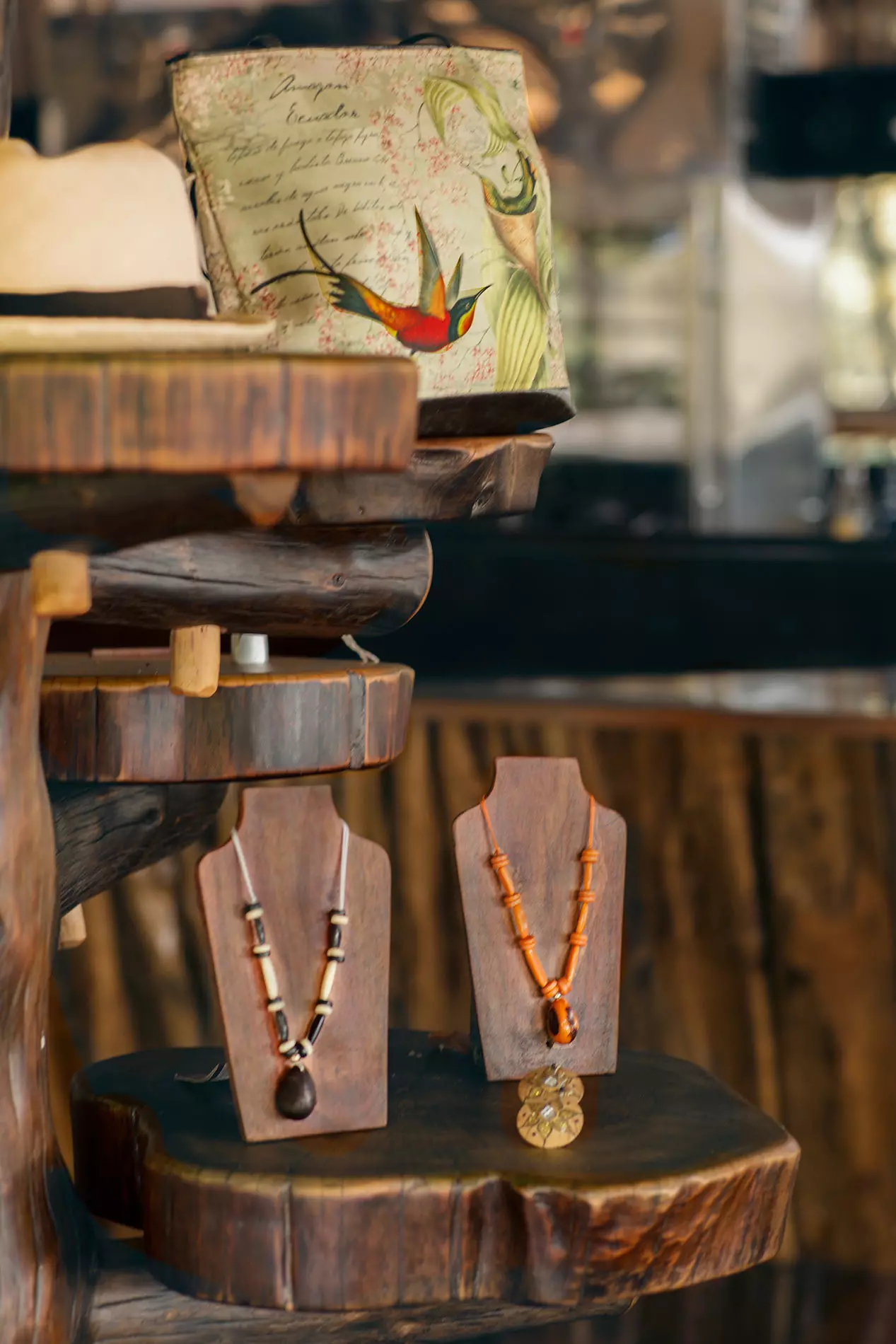
Do you want a souvenir?
